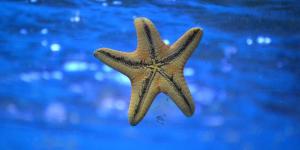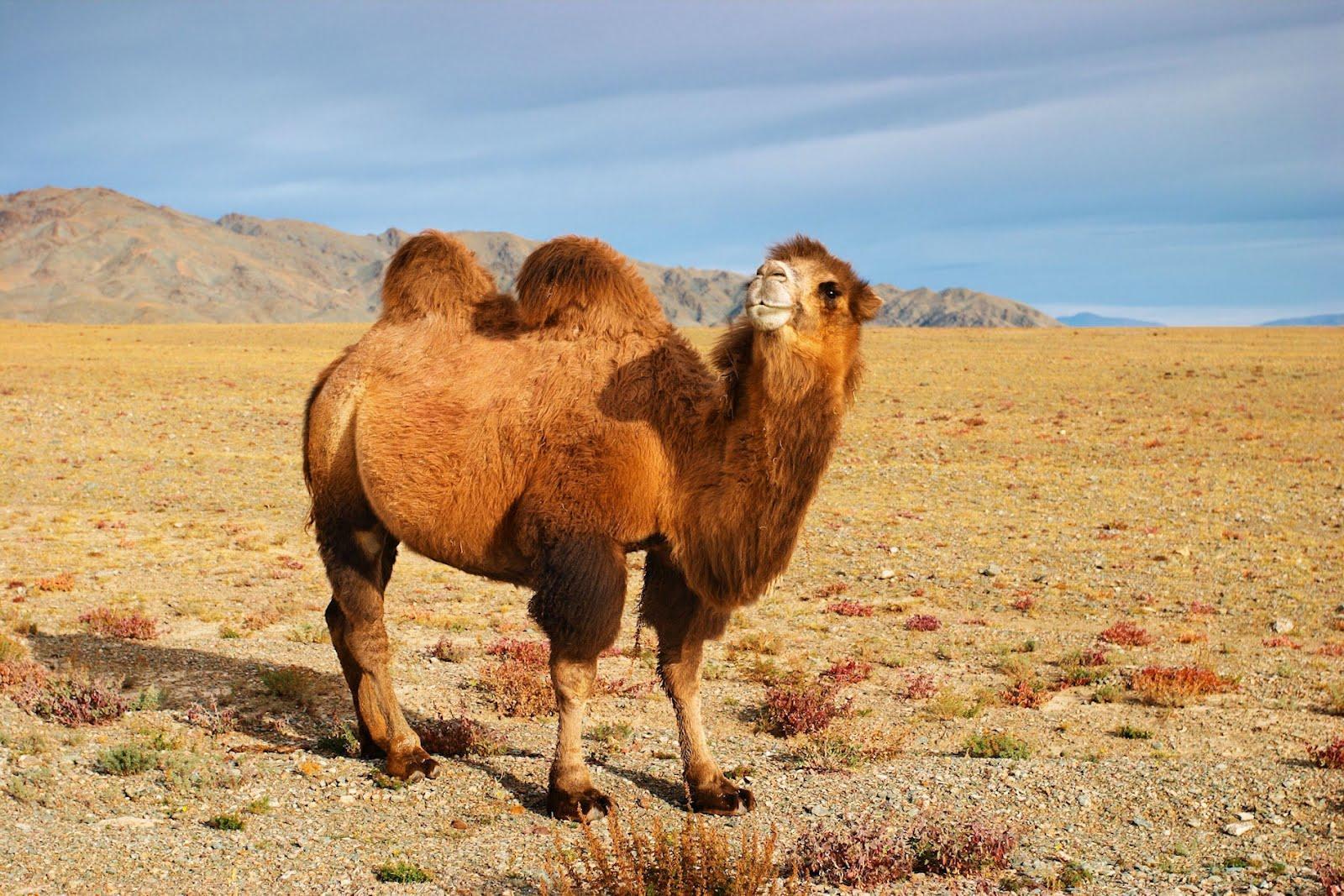What Does a Camel Eat? - Camel Diet

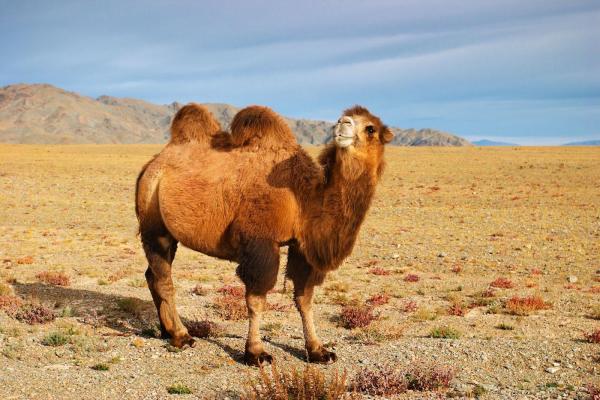
Camels are animals ruminant herbivores, meaning they derive their nutrition from plants and they process it through fermentation in a specialized stomach. They also belong to the order Artiodactyla, meaning they are even-toed ungulates. This is in relation to their hooves, since not all hoofed animals stand on the same toes. However, they also share certain characteristics in terms of diet. We may wonder what a camel eats in the desert, since this habitat is known for its scarcity of vegetation. This is particularly the case with wild camels since domesticated camels are fed by their human guardians.
At AnimalWised, we look at different camel species when we ask what do camels eat? We investigate the diet of a camel and how they can have their nutritional needs met in desert environments.
Where do camels live?
There are different types of camel, but only one recognized species of wild camel. This is the wild Bactrian camel (Camelus ferus), an animal which makes up only a fraction of the total camel species. Their domesticated counterpart, the Bactrian camel (Camelus bactrianus) is more common, but their population is very small compared to those of the dromedary camel (Camelus dromedarius).
The wild camel is an animal classified as a critically endangered species. Most of their populations are in decline, with around only 950 adult specimens left in the wild. They are being threatened by various factors. These include the increase in commercial and industrial areas, the increase of livestock, mining, hunting, the reduction of water areas (oases), nuclear bomb tests and the introduction of exotic species.
The Bactrian species inhabits the Gobi and Gashun Gobi deserts of northwestern China and Mongolia. In addition to the fact that the vegetation in these areas is very scarce, the ecosystems in these deserts vary from mountainous areas to extremely arid flat sandy areas. Camels can be in the stony areas of the Gobi, oases and sand dunes.
Dromedaries live in a range from North Africa, up through the Near East and through to parts of central Asia. The environments are hot and dry, similar to those of the Bactrian camel. They live in other parts of Africa and have some domestic populations all over the world. There is no separate species of wild dromedary, but there are some populations of feral dromedaries, especially in Australia.
Despite being different species, all camels have the same nutritional needs. This is linked to their natural habitat which is known for its sparse vegetation. We look at the diet of different camels in the sections below.
Learn more about the difference between Bactrian camels and dromedaries with our related article.
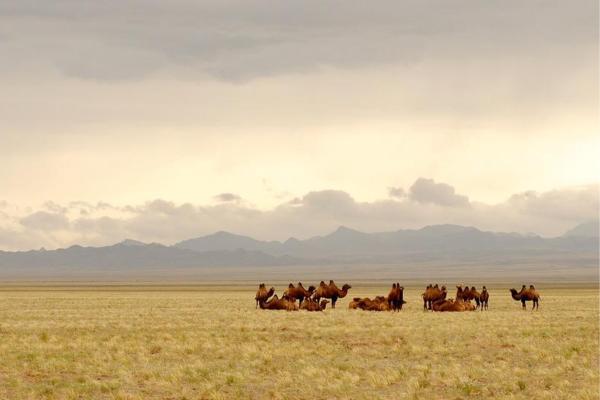
Camel diet and nutrition
Camels have a prehensile and divided upper lip that allows them to select the parts of the plants that they consider most suitable for consumption. This gives way to a hard and elongated palate, with a short but mobile tongue. They also have a very powerful jaw which allows them to chew tough fibers.
As we have stated above, camels are types of ruminant animals. This means they have a specially adapted stomach with well-separated chambers. They ruminate their food, meaning they chew it over and over again. They will even swallow it into the foregut, the first of their 3 stomachs, and then regurgitate it for further chewing. Fermentation occurs in this foregut, a process which helps them to break down their fibrous diet and extract nutrients.
Now we know how camels eat, we will want to know more about what do camels eat. They are herbivorous animals and derive their nutrients from plant matter. In their natural habitat, the diet of camels is based on the consumption of leaves from trees and leguminous shrubs. They also include other types of shrubs, as well as some grasses. They can also eat plants from the Acacia, Balanites, Salsola and Tamariz families.
Food intake can be rapid or selective, depending on the type of plant and its size. Ruminating on their food is a process which can sometimes take up to 15 hours out of their day. How much a camel eats will depend on their age, state of health and other factors. Generally speaking, we can say that an adult male camel which weighs over 500 kg can eat as much as 25kg of dry plant matter per day. Females during their lactation period can see an increase of daily food consumption by up to 20%.
What do camels eat in the desert?
The main food for Bactrian camels in the desert is an extremely thorny bushy plant called the Persian manna plant (Alhagi maurorum). It is a thorny leguminous shrub which is so associated with camels that it is also commonly known as the camelthorn. Despite the thorns, camels have no problem eating it thanks to their thick lips, which prevent them from being pricked.
This type of protein-rich food causes the camels to reduce their dietary needs. This is an essential adaptation which allows them to survive in very harsh climates with scarce resources. In order to extract all the nutrients from the ingested plants, wild camels have a greater diversity of bacteria in their gastrointestinal tract than domestic camels.
There are other plants in the desert that camels can eat,. In fact, a camel will eat almost anything no matter how unappetizing it may be. This includes dry herbaceous plants or plants with a high accumulation of salts.
Dromedaries will also eat the same types of plant in the desert. The main difference is the plants that are available to them, something which changes according to their habitat. For example, the plants of the Iranian desert that dromedaries eat include black saxaul (Haloxylon ammodendron) and the transplanted quail sagebrush (Atriplex lentiformis)[1]. These plants may not be present in all dromedary habitats.
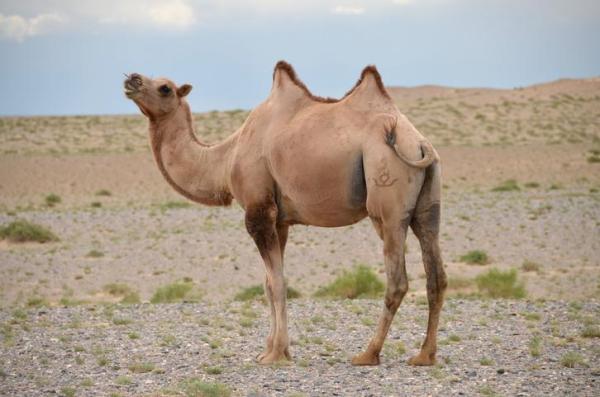
Do camels drink water?
Camels have adapted various different strategies to survive in desert environments. One such strategy is the ability to pass several days without drinking water. This can be even longer during the hottest periods of the year. However, this doesn't mean they don't drink. In fact, when a camel drinks they are capable of drinking more than 100 liters of water in only a few minutes.
It is widely believed that camels store water in their humps as if they were large reservoirs. Ina actuality, these are stores of fat which can be metabolized later into various component parts to perform their vital functions, including hydration.
Another peculiarity of the wild camel which differentiates it from the domestic variety is its ability to hydrate itself by drinking salt water when fresh water is absent. If you want to know more about the animals that live in this type of ecosystem, visit our article on animals that live in the Thar desert.
If you want to read similar articles to What Does a Camel Eat? - Camel Diet, we recommend you visit our Healthy diets category.
1. Towhidi A. (2007). Nutritive value of some herbages for dromedary camel in Iran. Pakistan journal of biological sciences: PJBS, 10(1), 167–170.
https://doi.org/10.3923/pjbs.2007.167.170
- Wilson, R.T. (1984). The camel (pp. 1-223). London: Longman.
- Hashi, A. M., Kamoun, M., & Cianci, D. (1995). Feed requirements of the camel. CIHEAM–Options Mediterranean, 13, 71-80.
- Hare, J. (2008). Camelus ferus. The IUCN Red List of Threatened Species 2008: e.T63543A12689285. Retrieved from: https://www.iucnredlist.org/species/63543/12689285#habitat-ecology
- Iqbal, A., & Khan, B. B. (2001). Feeding behavior of camel...... Review. Pakistan Journal of Agricultural Sciences, 38, 58-63.
- Schmidt-Nielsen, B., Schmidt-Nielsen, K., Houpt, T. R., & Jarnum, S. A. (1957). Urea excretion in the camel. American Journal of Physiology-Legacy Content, 188(3), 477-484.
- Williams, V. J. (1963). Rumen function in the camel. Nature, 197(4873), 1221-1221.
- Yuan, L., Qi, A., Cheng, Y., Sagen, G., Qu, Y., & Liu, B. (2017). Fecal microbiota of three Bactrian camels (Camelus ferus and Camelus bactrianus) in China by high throughput sequencing of the V3-V4 region of the 16S rRNA gene. Journal of Arid Land, 9(1), 153-159.




